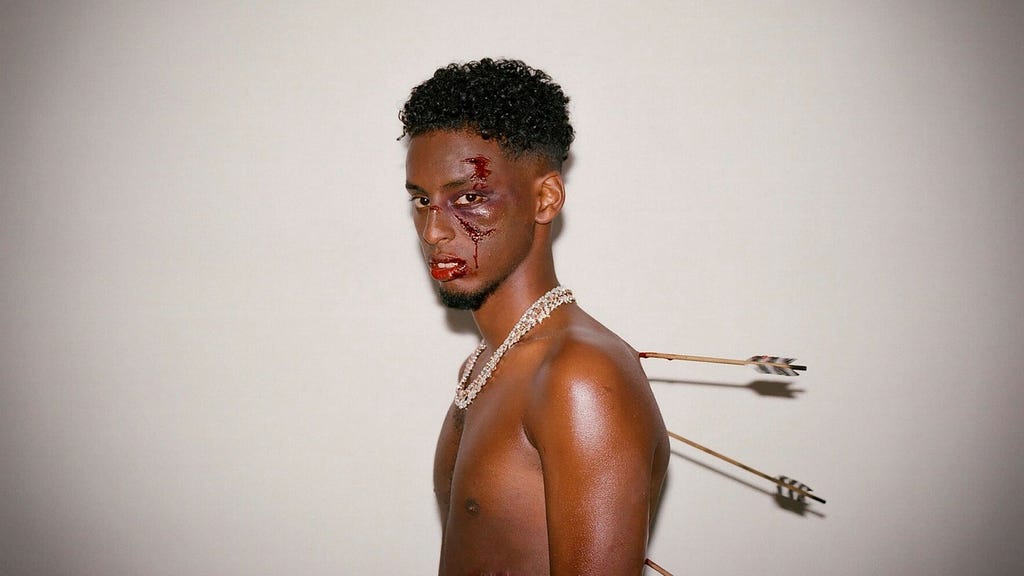The booking of Swedish rapper Yasin by the Borlänge festival, Alive, has ignited a fierce debate across social media platforms, particularly Facebook. Critics have labeled Yasin’s music as ”gangster rap” and highlighted his past criminal involvement, raising concerns about the festival’s decision to feature him. This controversy underscores the complex relationship between art, artist, and public perception, particularly when an artist’s personal life intersects with their creative output in a contentious manner. The debate also highlights the challenges faced by festival organizers in balancing artistic expression with community expectations and potential sensitivities.
Alive’s CEO, Patrik Schultz, defends the booking, emphasizing that the festival has received a mix of both positive and negative feedback, with a predominantly positive reception from their younger target audience. Schultz emphasizes Yasin’s commitment to his music career and his apparent shift towards a more positive path. He underscores the importance of supporting artists who strive for change and rehabilitation, arguing against penalizing individuals indefinitely for past mistakes. Furthermore, Schultz invokes the principle of artistic freedom, asserting that censorship should not be applied to musical expression, regardless of the artist’s background.
Yasin’s career trajectory has been marked by both critical acclaim and legal troubles. He emerged onto the Swedish music scene in 2019 with his debut EP, “Handen under Mona Lisas kjol” (The Hand Under Mona Lisa’s Skirt), quickly gaining recognition for his unique style and introspective lyrics. His subsequent success solidified his position as a prominent figure in Swedish hip-hop, culminating in accolades such as the P3 Guld Award for Artist of the Year in 2020 and a Grammis Award for Hip Hop of the Year in 2021. These achievements underscore his artistic talent and impact on the music industry, despite the controversy surrounding his personal life.
However, alongside his musical accomplishments, Yasin has faced legal challenges. In 2021, he was convicted of involvement in a planned kidnapping, a charge that significantly impacted public perception of the artist. This conviction brought his character and the nature of his artistic expression into sharp focus, prompting questions about the glorification of criminal activity within his music and the potential influence it might have on his listeners. This incident further fueled the controversy surrounding his booking at the Alive festival, with critics arguing that celebrating his artistic contributions effectively condones his past behavior.
The debate sparked by Yasin’s booking goes beyond the individual artist and raises broader societal questions. It compels a discussion about redemption, rehabilitation, and the role of art in reflecting and shaping social values. Can artists be separated from their actions, or should their personal lives inevitably influence how we perceive their work? Furthermore, the controversy raises questions about the responsibility of cultural institutions and event organizers in promoting artists with controversial backgrounds. Should they prioritize artistic merit and freedom of expression, or should they consider the potential impact on their community and the message they send by endorsing particular individuals?
The case of Yasin and the Alive festival highlights the ongoing tension between artistic expression and public accountability. It underscores the difficulty in navigating the complex ethical and moral considerations that arise when an artist’s personal history clashes with their creative endeavors. This controversy serves as a reminder that the relationship between art and society is constantly evolving and that the boundaries of acceptable artistic expression remain a subject of ongoing debate. The discussion surrounding Yasin’s performance will likely continue to reverberate within the Swedish cultural landscape, prompting further reflection on the role of artists, the responsibilities of event organizers, and the delicate balance between artistic freedom and social responsibility.














